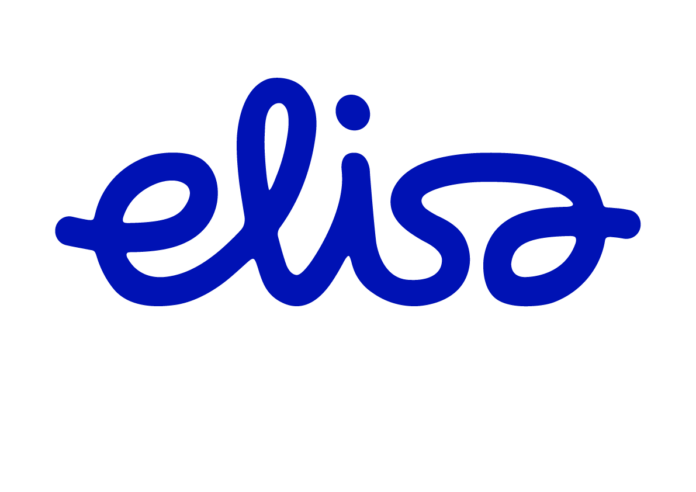Ericsson and Elisa carried out the test using a mobile test device powered by a Qualcomm’s Snapdragon X75 5G modem-RF system
Ericsson has partnered with Finnish communications service provider Elisa and Qualcomm Technologies to demonstrate high uplink speeds in a commercial 5G Standalone (SA) network, the former said in a release.
During the trial, the three partners achieved an upload speed of 230 Mbps in a live 5G network using uplink carrier aggregation. For this test, the companies combined a 25-megahertz 2.6 GHz FDD channel with a 100-megahertz 3.5 GHz TDD channel, running on a mobile test device powered by Snapdragon X75 5G modem-RF system.
Ericsson noted that its uplink carrier aggregation software combines mid-band FDD and mid-band TDD within the frequency range 1 (FR1), boosting speeds to enable uplink-heavy applications such as live streaming, broadcasts, cloud gaming, extended reality and video-based use cases.
Marten Lerner, head of product area networks at Ericsson, said: “This latest technology milestone with our partners Elisa and Qualcomm Technologies unlocks high upload speeds in commercial 5G Standalone networks. With this game-changing software capability, we are enabling unparalleled user experience for applications such as live streaming, video conferencing, augmented reality/virtual reality and cloud gaming.”
“The use of augmented reality and development towards metaverse will increase the demand for fast uplink connections. Therefore the top speeds achieved together with Ericsson and Qualcomm are an important step in the development of 5G Standalone network,” said Sami Rajamäki, vice president of network services at Elisa.
In 2022, Elisa, together with Nokia and Qualcomm, reached record-breaking 5G uplink speeds of 2.1 Gbps in a live demonstration at the Nokia Arena in Tampere in Finland.
During the trial, Nokia had provided its AirScale base station in 26 GHz mmWave spectrum over Elisa’s commercial 5G network. The network was connected to a 5G device powered by a Snapdragon X65 5G modem-RF system featuring fourth-generation Qualcomm QTM545 mmWave antenna modules. Additionally, Nokia deployed its carrier aggregation technology to make the best use of the available spectrum assets. The carrier aggregation setup included four component carriers of 100 MHz each, Elisa had said.

